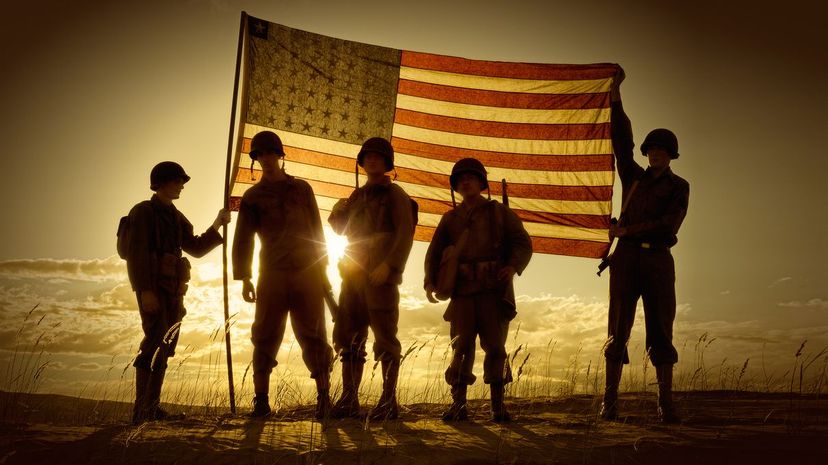
About This Quiz
Get to know how events that occurred during the last month of World War II reshaped world politics. Give the best answers possible for our detailed inquiries to finally realize your level of smarts. No matter how you score, you are sure to learn some fantastic Second World War facts along this journey.
World War II is still considered the most important war that ever took place on planet Earth partly because nations on both sides of the conflict experienced major changes as a result of the war's outcome. And you probably have guessed already that most of the pivotal changes happened during the last month of the war (or their seeds were planted, so to speak).
The Soviet Union's last-minute turn-up at the end of World War II caused a considerable ripple effect.
Germany was split into communist East Germany, which was aligned with the Soviet Union, and capitalist West Germany. But this setup only lasted until 1989 when Berliners tore down the enormous wall that separated the two halves before the country reunified in 1990. At the same time, Korea's division status (into North Korea and South Korea) remains until today; the two countries continue to squabble over issues that began at the end of World War II. Moreover, the war was so taxing on the world's superpowers that a whole slew of annexed states managed to declare independence at the end of the war without a hitch.
Scroll on through to see about these newly independent states and absorb more post-war facts!
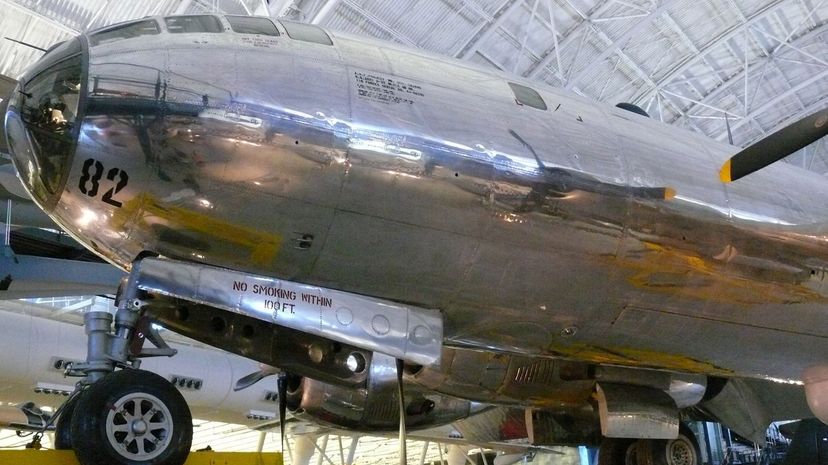
Named for the pilot's mother, Enola Gay was the B-29 that released the atomic bomb, which immediately killed 100,000 Japanese in Hiroshima. As the bomb's mushroom cloud bloomed, Enola Gay's gunner shrieked, "My God! What have we done!"

With no sign of Japan's surrender after the first atomic bomb was dropped over Hiroshima, the U.S. dropped a second bomb over Nagasaki three days later, which immediately killed 40,000 people. Thousands of people were injured from both bombs, and many survivors would later suffer radiation poisoning.
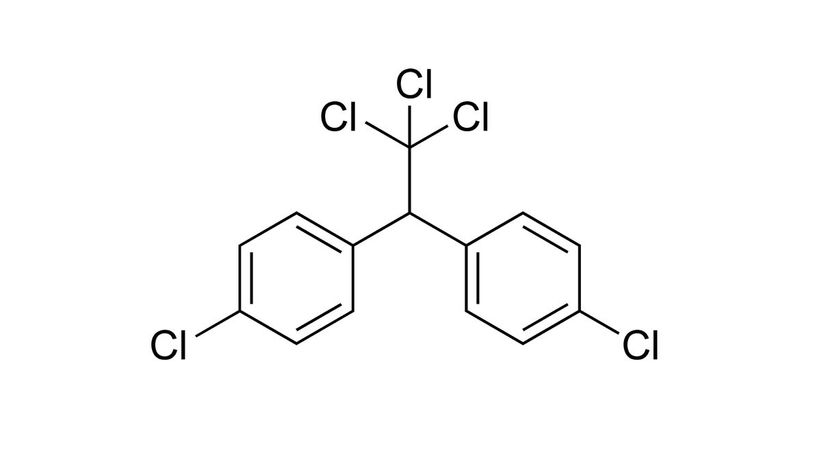
The War Production Board approved the public sale of DDT in August 1945; as of August 8, a special army committee released DDT for seven projects that were to be contained on military bases. When no immediate effects were detected, manufacturers began selling DDT commercially immediately after the war.
Advertisement
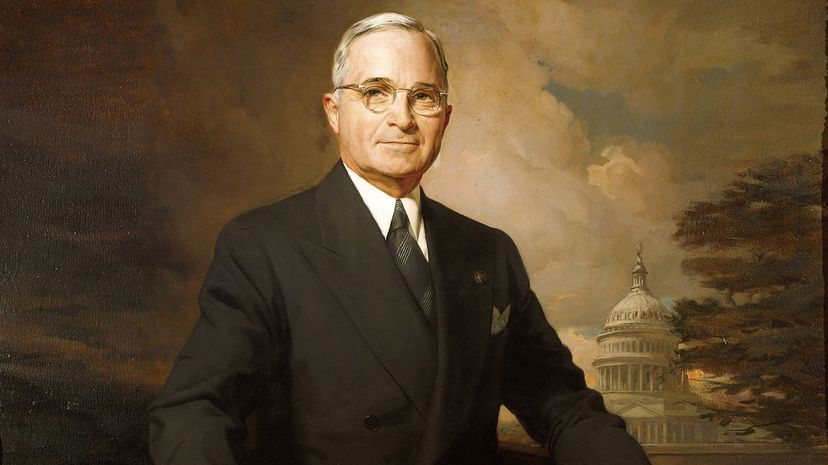
President Harry Truman was on a ship on August 6, 1945, returning from the Potsdam Conference when he was notified about the devastation that Hiroshima had suffered from the first atomic bomb. By August 8, Truman had received visual evidence from U.S. Air Force photos.
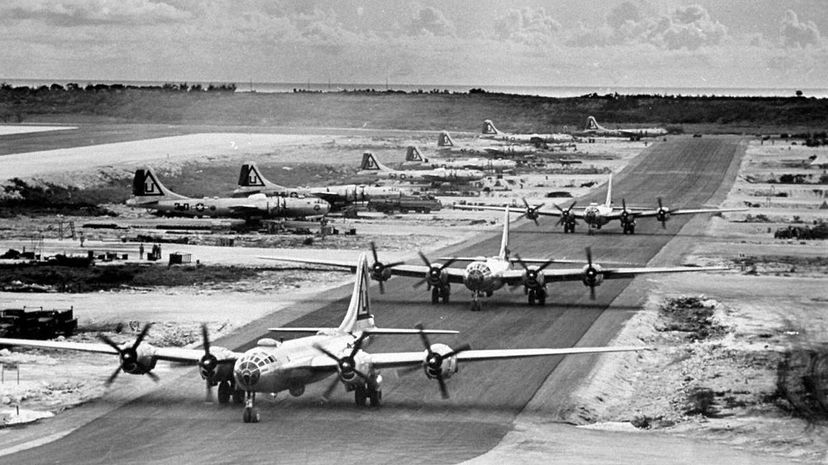
With Hiroshima, Japan set as the first target to receive the atomic bomb, U.S. scientists convened at Tinian Island in the Marianas to prep the bomb. The United States opted to use nuclear warfare against Japan in an attempt to convince the country to surrender.
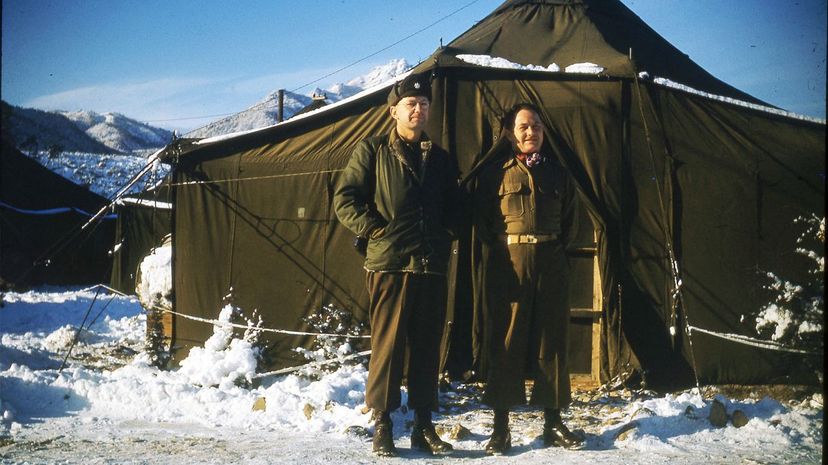
On August 3, 1945, American B-29 bombers dropped the last sea mines that barricaded Japan-controlled Korean ports. After Japan's surrender, the U.S. occupied South Korea through "General Order No 1" on condition that the U.S. disarm Japanese troops south of the 38th parallel.
Advertisement
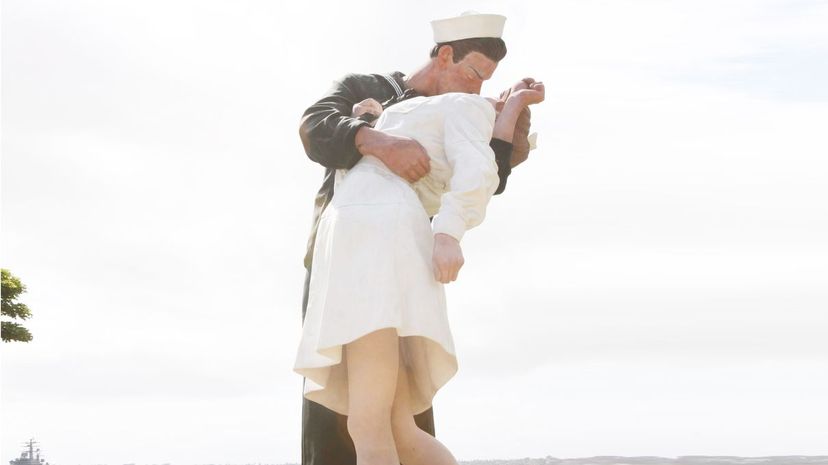
Thousands of people filled New York's Times Square after U.S. President Harry S. Truman announced Japan's unconditional surrender. Other cities, including San Francisco and London, also witnessed crowds of people celebrating the end of World War II.
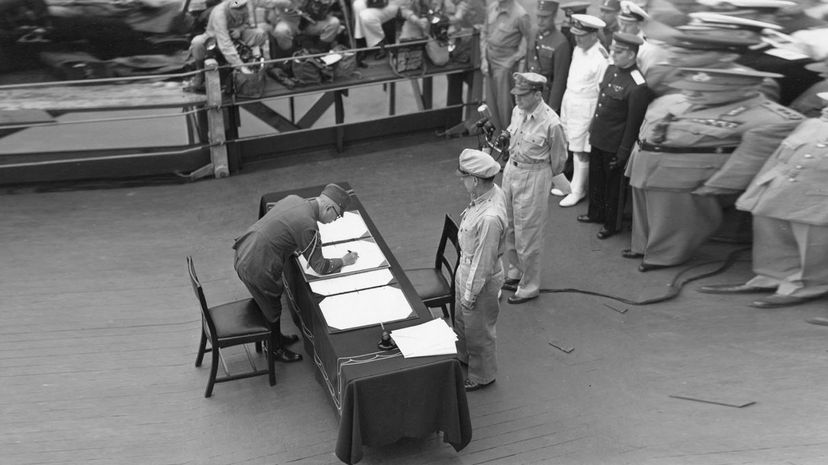
Although Japan sent the United States a surrender document, there still existed Japanese military leaders in Tokyo who refused to accept defeat. Meanwhile, U.S. warplanes struck Japanese air bases, and American bombers rained leaflets over Japan detailing surrender negotiations.

At noon on August 15, a fleet of Allied forces in Manila Bay and Subic Bay in the Phillippines blew whistles while planes unloaded flyers that asked Japanese soldiers to end fighting. A calm feminine voice emanated from a loudspeaker on one of the aircraft, enticing combatants to leave the mountains.
Advertisement
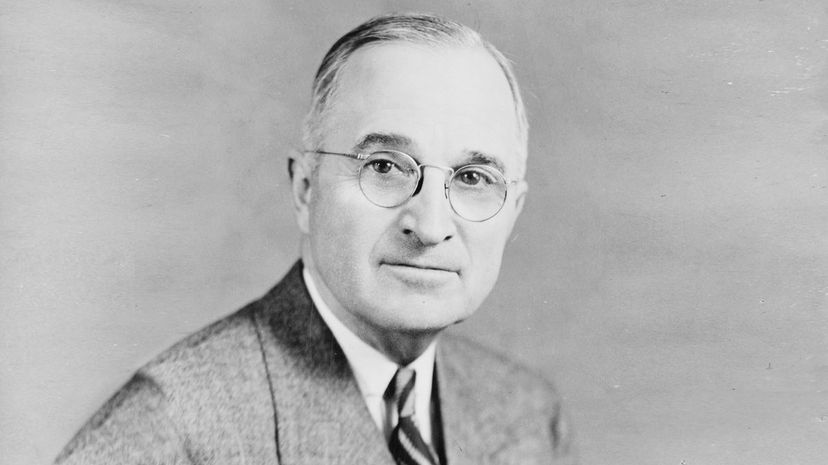
During a cabinet meeting on August 10, 1945, President Truman confessed, concerning the atomic bombing campaign, "the thought of wiping out another 100,000 people was too horrible." Although atomic bombing ceased as of August 10, the U.S. bombing campaign over Japan didn't stop until August 14.
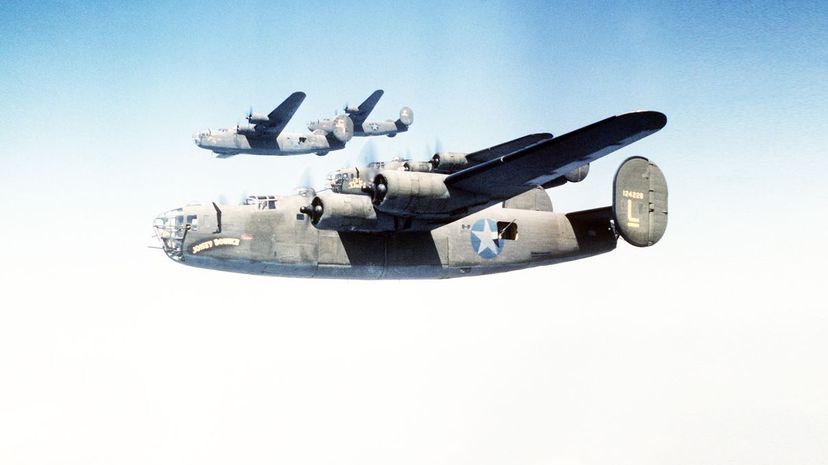
As soon as two weeks after Japan's surrender on August 29, 1945, the United States Air Staff stopped B-24 warplane production outright. Other "ferrets" realized a similar end, and new variant designs were scrapped and never developed.
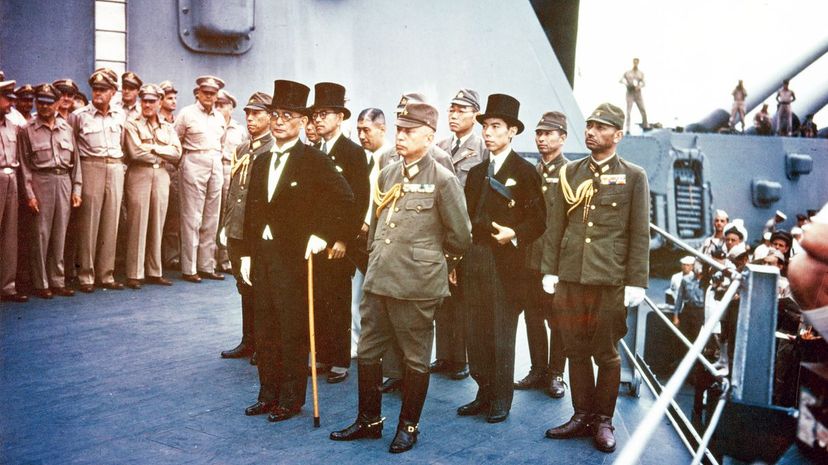
Dubbed "Mighty Mo," the USS Missouri, one of four Iowa-class battleships whose hull was laid in 1941, is one of America's most celebrated warships. Its 16-inch guns that protrude from the forward deck were capable of accurately firing 2,000-pound shells as far as 20 miles or more.
Advertisement
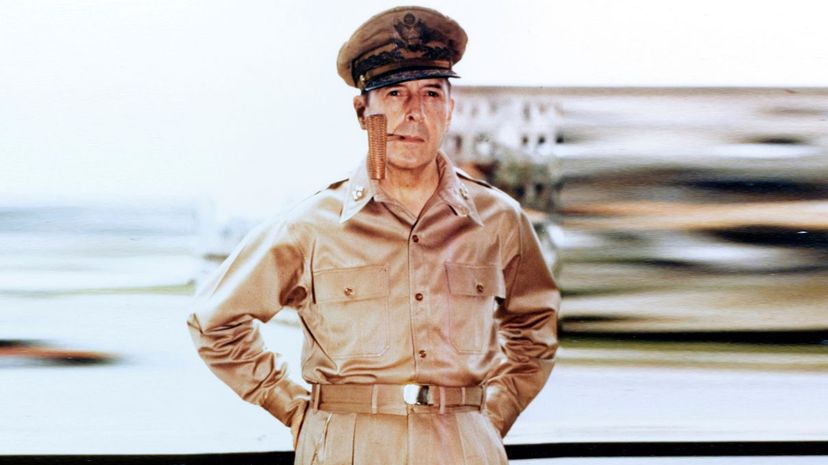
General Douglas MacArthur radioed the Japanese surrender instructions for their "safe conduct." The general specified, among other details, that a white plane displaying green crosses was scheduled to depart "between the hours of 0800 and 1100 Tokyo time on the 17th day of August 1945."
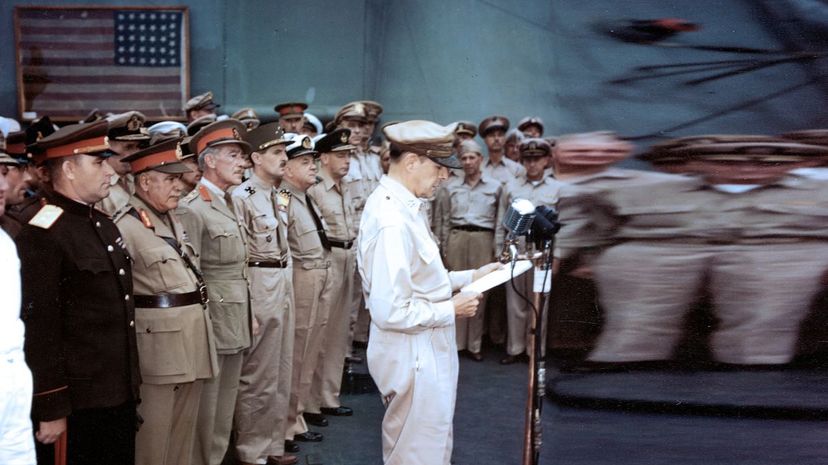
The Japanese surrender ceremony was held in Japan's Tokyo Bay. On that day, Supreme Commander of the Allied Powers, General Douglas MacArthur, expressed his desire that "a better world shall emerge out of the blood and carnage of the past ..."
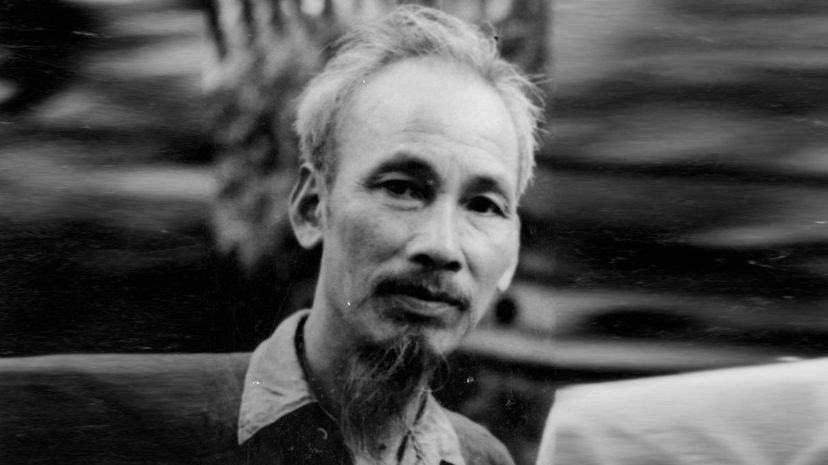
Vietnam's Ho Chi Minh issued a Proclamation of Independence of the Democratic Republic of Vietnam on September 2, 1945. Before his death in 1969, Minh served as prime minister and later became president.
Advertisement
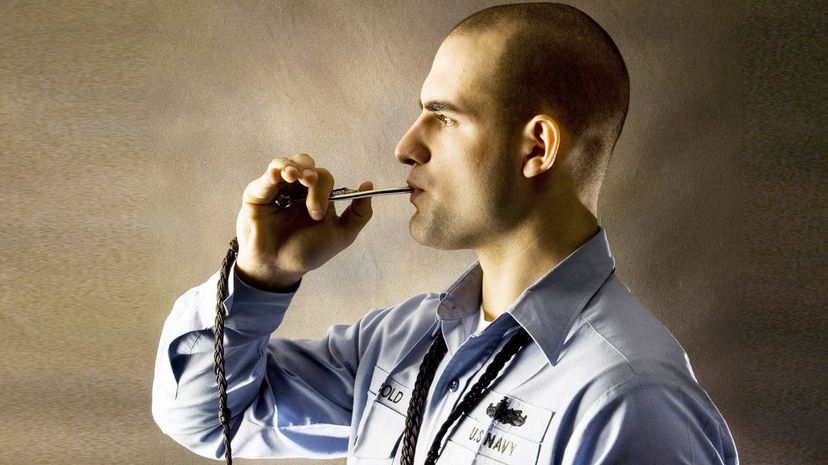
At 9:04 a.m. on September 2, 1945, the Japanese foreign minister signed the surrender document followed by Allied dignitaries. The ceremony was over by 9:25 a.m. The boatswain's pipe is sounded as an honor for those who are at peace with the United States.
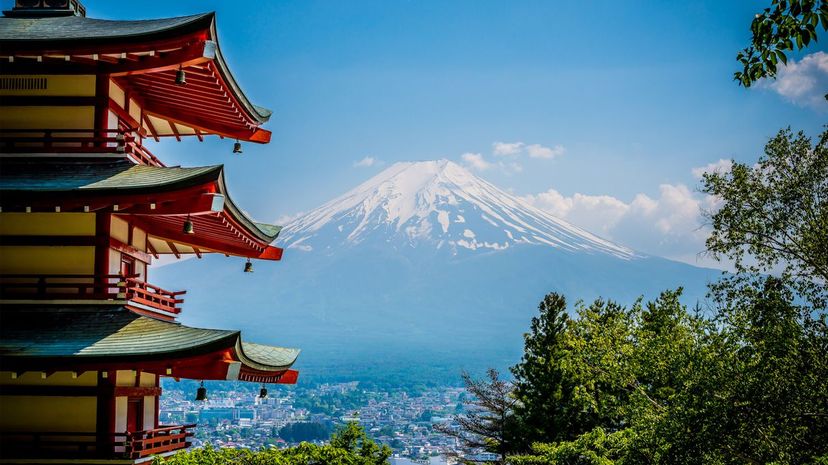
The Soviets unleashed a colossal offensive on August 9 into Japan-controlled Manchuria, where American prisoners of war were held at two locations. The aggression signaled Stalin's desire to reinforce Soviet presence in the Pacific region; he also wanted to seize Japan's Kurile and Sakhalin islands.

On August 4, 1945, the United States officially ended the rationing of mixed vegetables, tomatoes, grapefruit and orange juices. The day prior, officials had announced that shoe rationing among civilians would cease by early 1946.
Advertisement
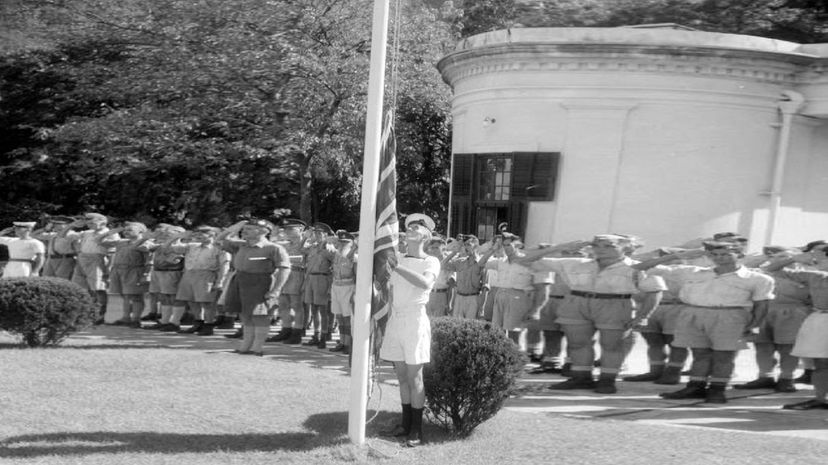
England had surrendered Hong Kong to Japan on Christmas Day 1941 and reclaimed the territory in August 1945 when England's naval forces arrived in Victoria Harbour. Nineteen British ships were included in the conquering fleet led by Rear-Admiral Sir Cecil Harcourt.
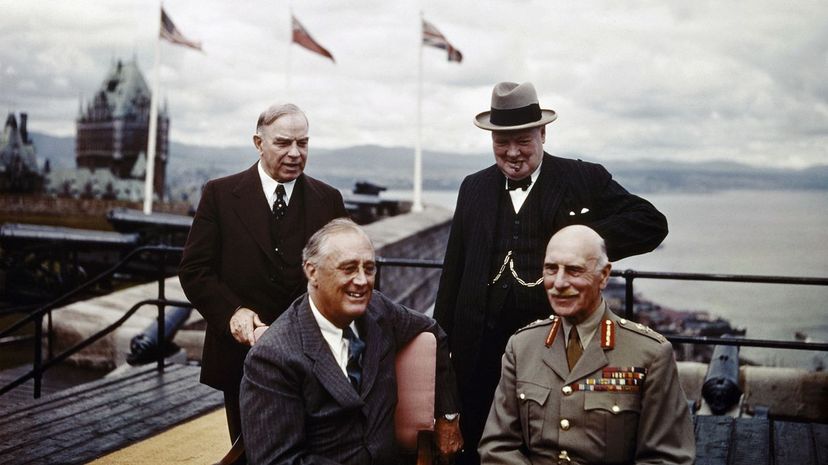
The United States encouraged Canada to supply three judges for the Far East trials of major war criminals under General MacArthur's supervision. MacArthur was tasked with drawing up a charter and procedural rules, and other principalities were handpicked to participate.
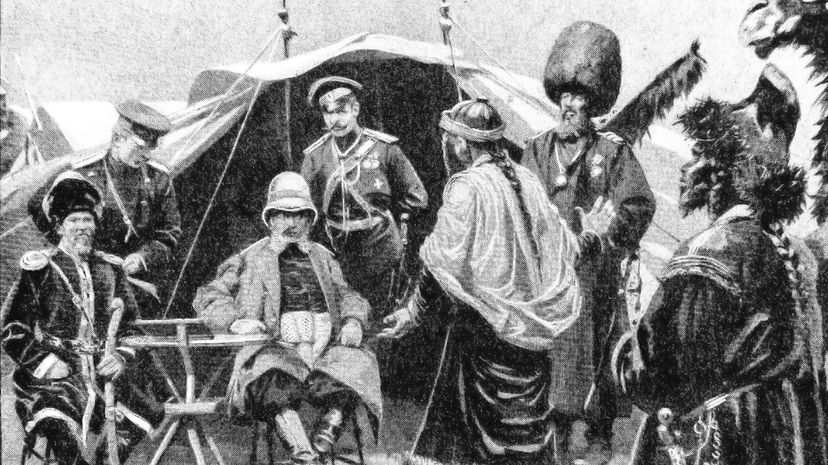
The Soviet Union's massive ground attack campaign over the 3,000-mile Manchurian front was deemed a "graduation exercise" for the Soviet's Red Army. Manchuria's western border region is where the main attack occurred.
Advertisement
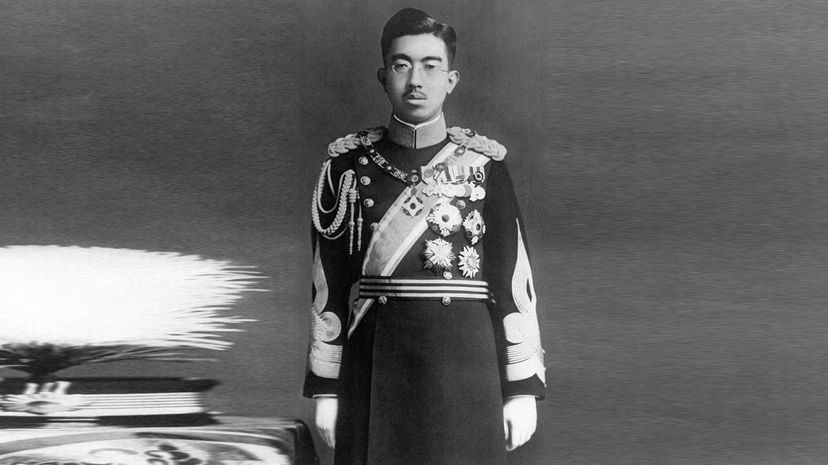
Japan was willing to surrender to the United States on the single condition that the emperor remains Japan's monarch. The U.S. conceded to the condition by announcing on August 11 that the emperor would be subject to the Allied commander during Japan's postwar occupation.
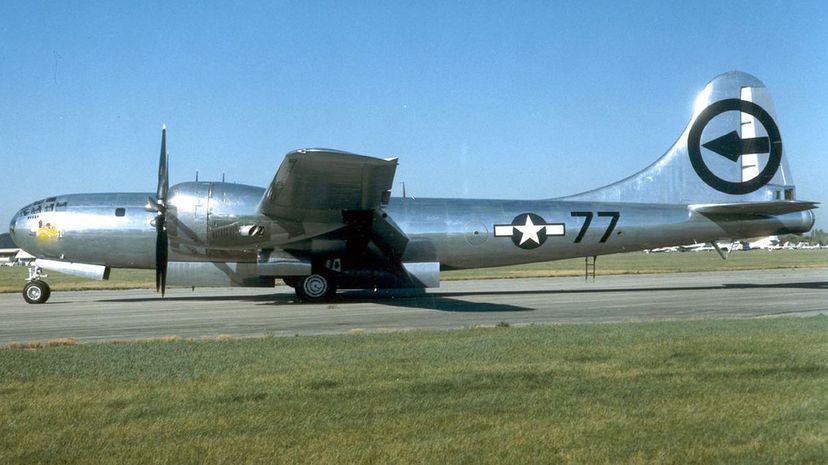
Bockscar was the nickname for the silver Boeing B-29 Superfortress, and the atomic bomb it hauled in its belly to Nagasaki was dubbed "Fat Man." A mushroom cloud was painted on the nose of the plane, which was named for one of its pilots, Caption Fred Bock.
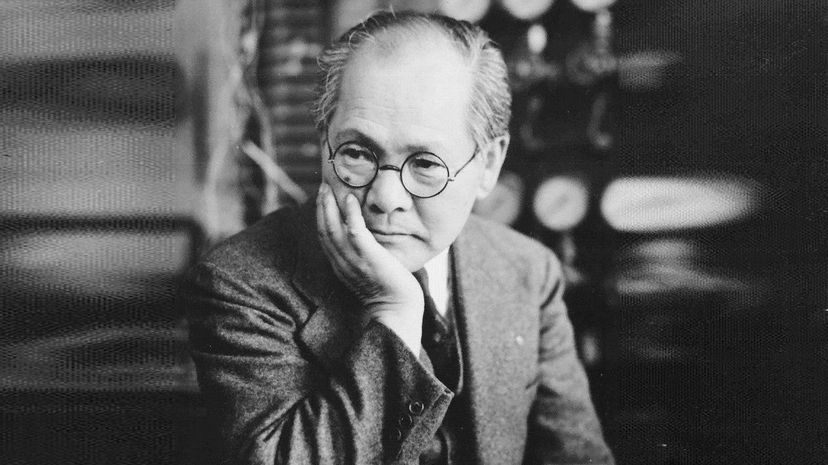
Dr. Yoshio Nishina flew to Hiroshima to confirm the atomic devastation caused by a single bomb as Japan's key leaders became aware of the attack by August 7, 1945. The emperor's closest adviser, Koichi Kido, relayed that the nation's emperor was "overwhelmed with grief" upon hearing the news.
Advertisement
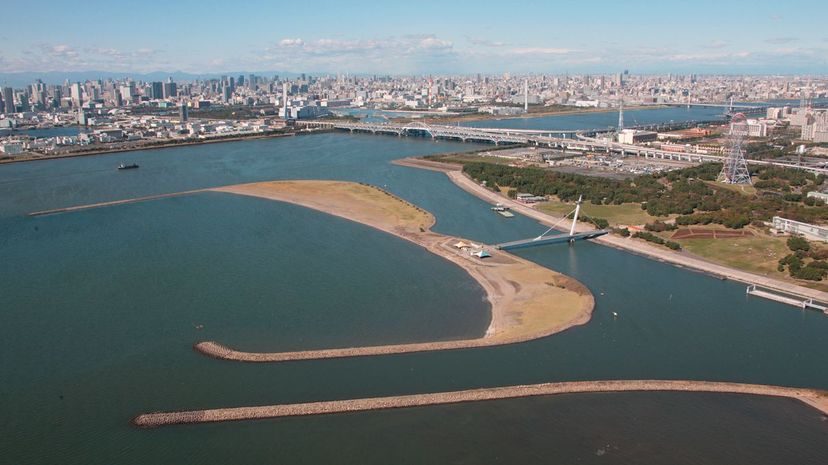
American occupation forces, the U.S. Eighth Army, seized control of Tokyo Bay by establishing 14 sections that were designed to oversee the functions of Japan's existing ministry. The U.S. Eighth Army was divided into six regional military governments that supervised five to eight prefectures each.
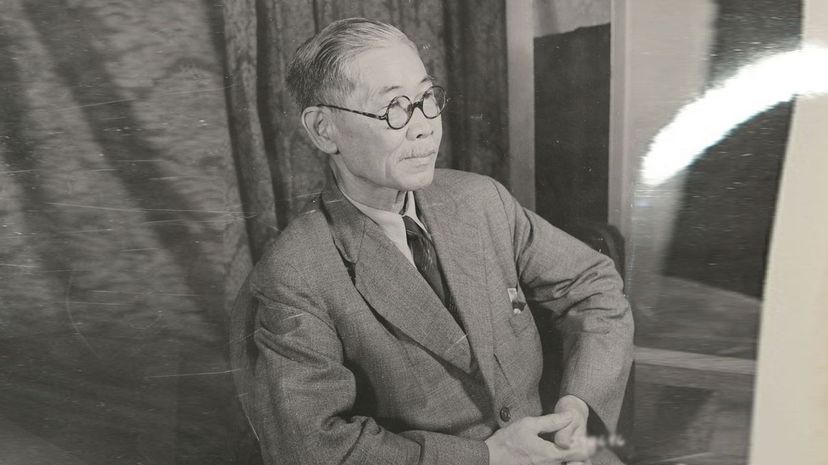
Japan Foreign Minister Shigenori Togo confirmed the emperor's desire to end the war on August 8, 1945. On behalf of Japan's emperor, Togo cited the use of the atomic bomb and the Potsdam Proclamation as the bases for his decision.
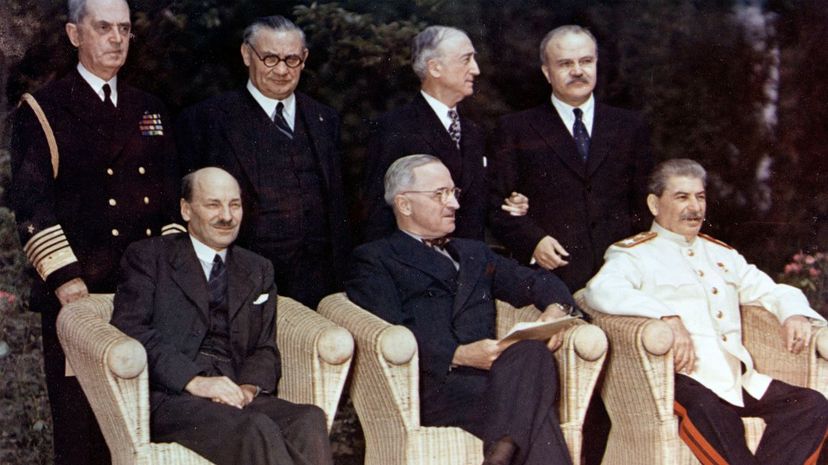
The three Allied powers of World War II held the Potsdam Conference at the Cecilienhof Palace between July 17 and August 2, 1945, miles from devastated Berlin and just weeks after Nazi Germany had been defeated. The final communique from the conference was issued on August 2, 1945.
Advertisement
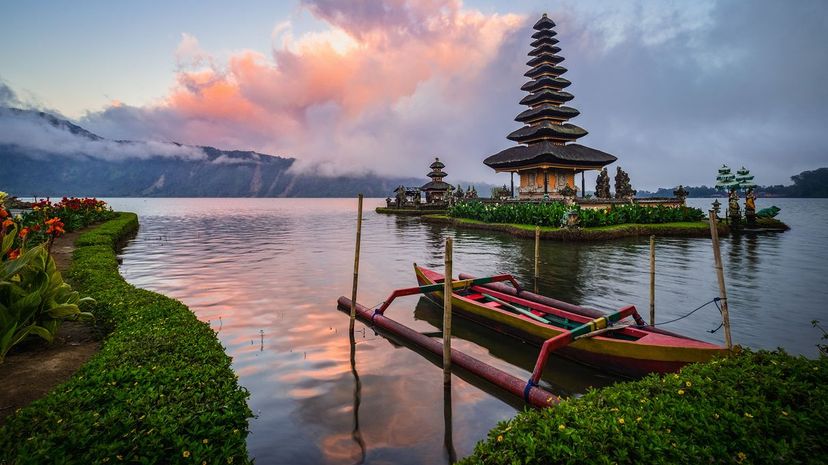
Indonesia declared its independence from Japan, who had capitulated a few days prior. In an official proclamation, the nation's first sovereign leaders, state that "matters which concern the transfer of power and other things will be executed by careful means and in the shortest possible time."
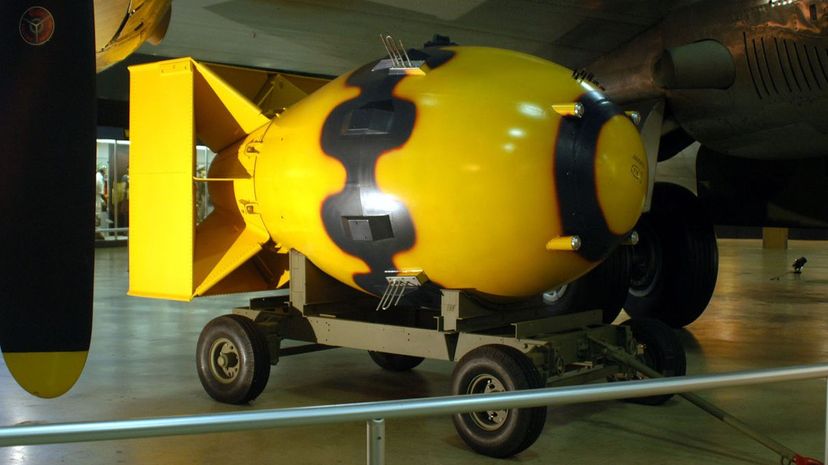
The moral debate that erupted among Americans after the U.S. dropped atomic bombs over Hiroshima and Nagasaki still thrives decades later. The initial Gallup poll results on August 15, 1945, determined that 85 percent of Americans were OK with "using the new atomic bomb on Japanese cities."
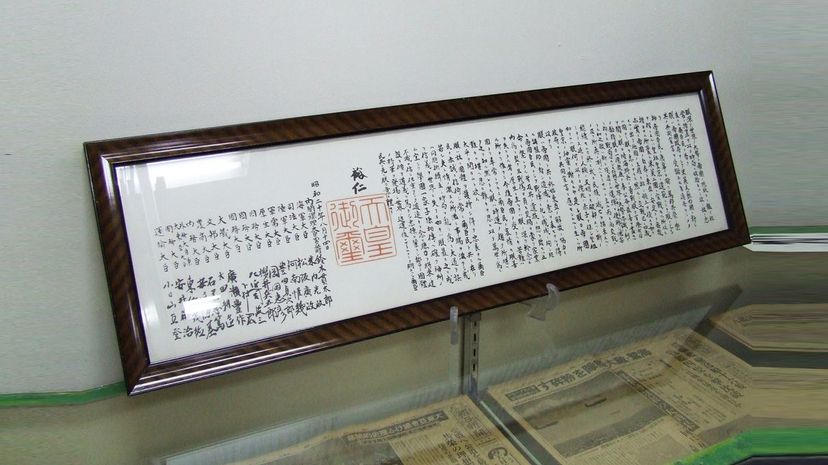
Japan's Imperial Rescript expresses Emperor Hirohito's official resolve on behalf of the nation. In it, he accepts the war provisions of the Potsdam Declaration and explains that he had declared war on Britain and America "to assure Japan's self-preservation and the stabilization of East Asia."
Advertisement
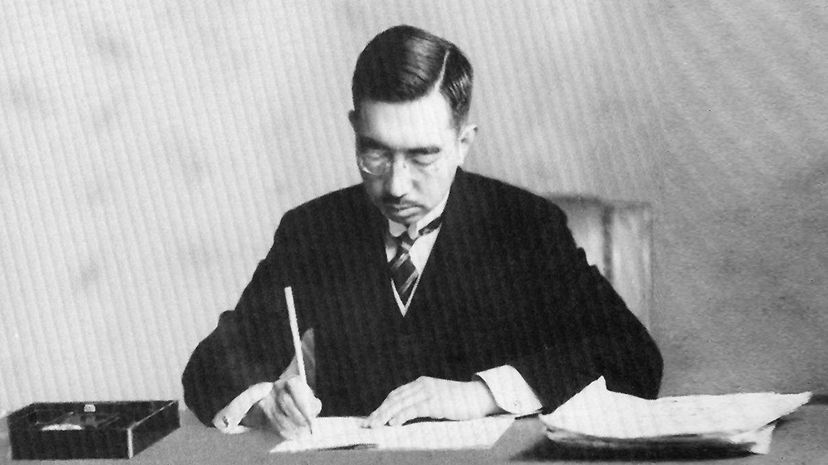
After the U.S. dropped the second atomic bomb over Nagasaki on August 9, 1945, Japan's emperor rallied military leaders to a midnight conference. In spite of the devastation that both Hiroshima and Nagasaki bombs caused, Hirohito's attempt to persuade the men was unsuccessful.
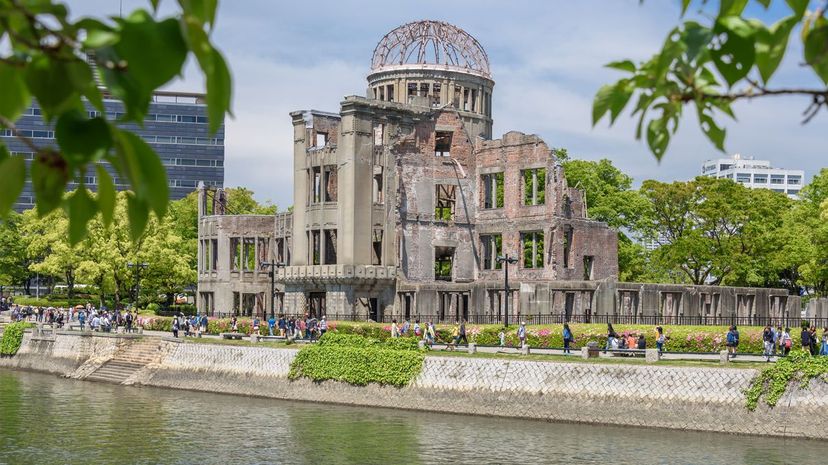
On August 4, 1945, long-range P-51 fighters bombed vehicles throughout Tokyo, while U.S. bombers released leaflets on Japanese cities warning civilians that their regions were targeted for destruction. Two days later, Hiroshima was hit with the first atomic bomb.
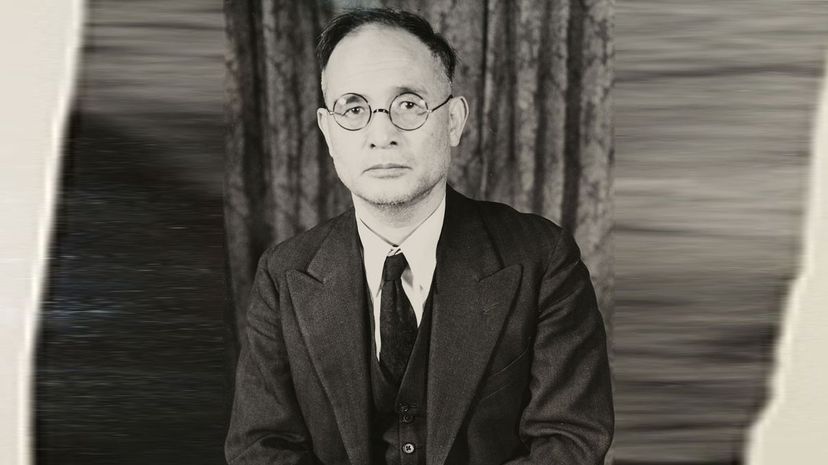
Japan accepted the terms of the Potsdam Declaration and surrendered on August 14, 1945. After Japan's Imperial Council resolved to end the war on that day, Emperor Hirohito recorded a radio message concerning Japan's official surrender. Dissident soldiers tried but failed to seize the recording.
Advertisement
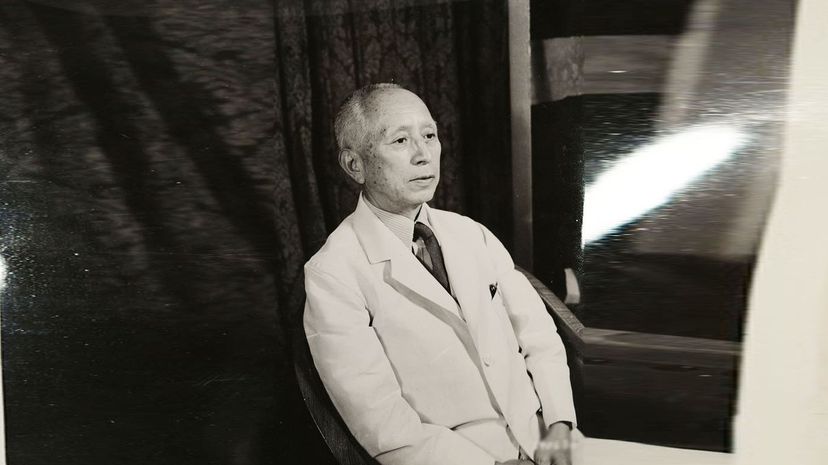
Foreign Minister Mamoru Shigemitsu assisted the Japanese general in leading the delegation. Some witnesses of the ceremony observed General MacArthur, Admiral Nimitz, Admiral Halsey, General Doolittle of the United States and high-ranking officers of other Allied nations "grinning like kids."
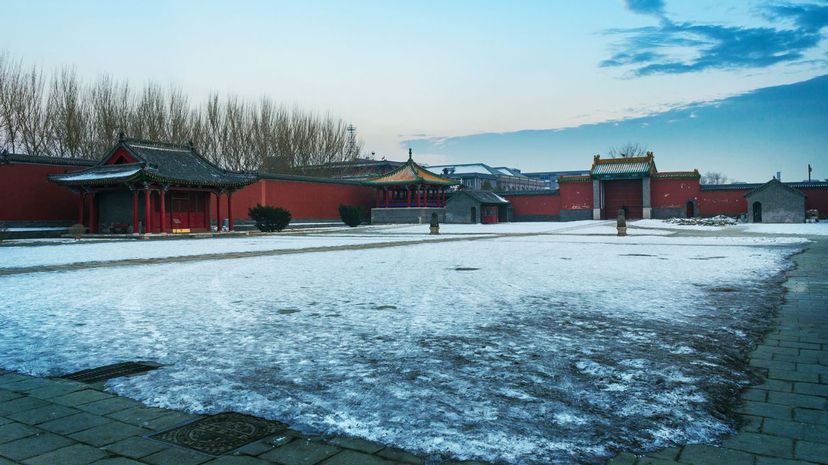
One day after Japan's surrender, a six-member crew from the U.S. Office of Strategic Services parachuted over Mukden to locate prisoners of war and to connect with Japanese leaders. Some Soviet troops, who had arrived August 19, provided manpower and transport assistance during the rescue mission.